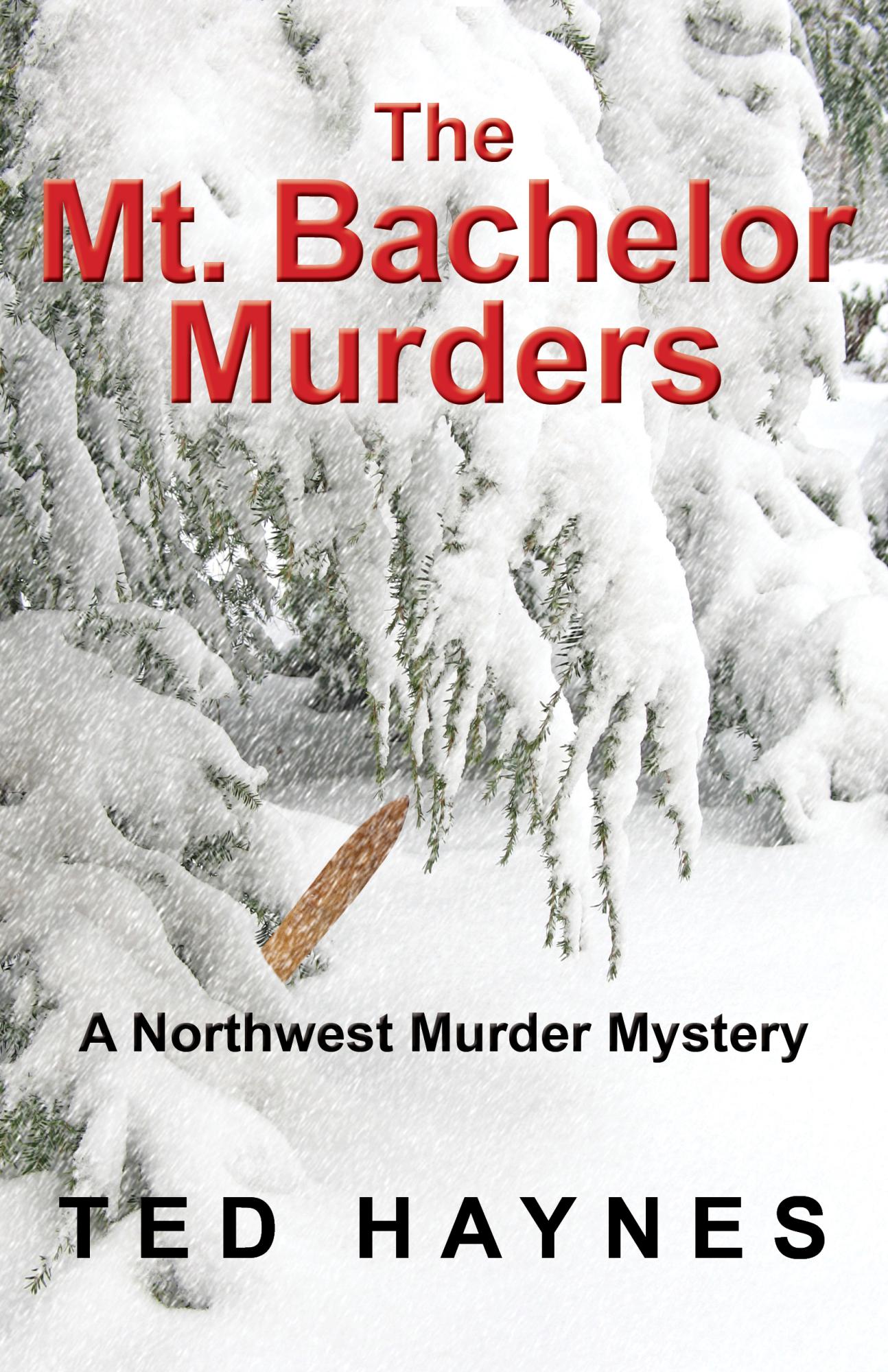This book by Elly Griffiths is sort of a sequel to The Stranger Diaries, which I read a couple months ago for my mystery book group. The gay east Indian DS Harbinder Kaur plays a key role here and refers back to some of the events from that previous book. Griffiths has written two other series of books and I have also read the first in her "Ruth Galloway" series (The Crossing Places), which I really enjoyed.
This book begins with the observations of an elderly woman, Peggy Smith, who lives in a sheltered care facility that faces the ocean in Shoreham-by-Sea. Peggy spends hours looking out her big picture window and jotting down everyone who comes and goes along the boardwalk. When her carer, Natalka, arrives one day to find Peggy sitting in her chair, quite dead, she notifies her boss at Care4You, Patricia. But she also goes to the police and this is where DS Kaur enters the picture. It doesn't seem so suspicious that a 90 year old woman died, but Natalka is convinced something is off and Harbinder hears her out with an open mind. Peggy's good friend across the hall, Edwin, is devastated by Peggy's unexpected death. Natalka also shares her concerns with friend Benedict who runs the coffee shack on the beach across the street. Peggy's son, Nigel, seems anxious to clear out Peggy's flat, so Natalka and Benedict decide to sneak in and go through Peggy's books before Nigel gets rid of them. Peggy is an ardent mystery fan and has collected books from the Golden Age up to the present time. In fact, it turns out that several recent authors have acknowledged Peggy's help in their books; apparently she is good with imagining unusual ways to murder their characters. She even has a business card that says "Murder Consultant." While they are doing this, a person with a gun breaks into Peggy's apartment and points a gun at them, grabs a book from the pile on the floor and leaves. This convinces Harbinder that something is not as it appears in Peggy's death. And when one of the authors who frequently consulted Peggy is murdered, Harbinder is convinced there is a connection. Eventually Natalka convinces Edwin and Benedict to join into her amateur sleuthing around Peggy's death, and they take a road trip to the Aberdeen literary festival where they plan to interview other authors who knew Peggy.
The book is really a delight to read. The characters are a wild mix of personalities and you get a good sense of their individual quirks. Harbinder's relationship with her colleague, Neil, for example is endlessly amusing. "Her new tactic with Neil is to imagine him as a woodland creature, sly, slightly stupid but ultimately lovable." Her mental translations of his irritating behaviors are creative. Neil asks "Why?" and Harbinder imagines, "Nibble, nibble, washes whiskers." There are several small sub-plots that keep you guessing and I was surprised to find out who the was culprit(s) was/were.





